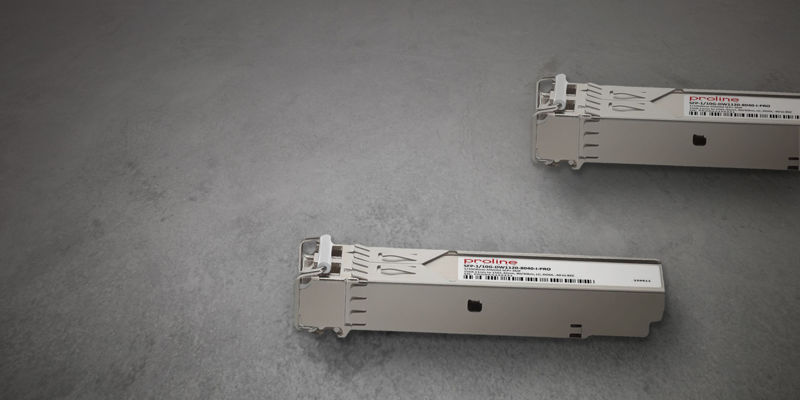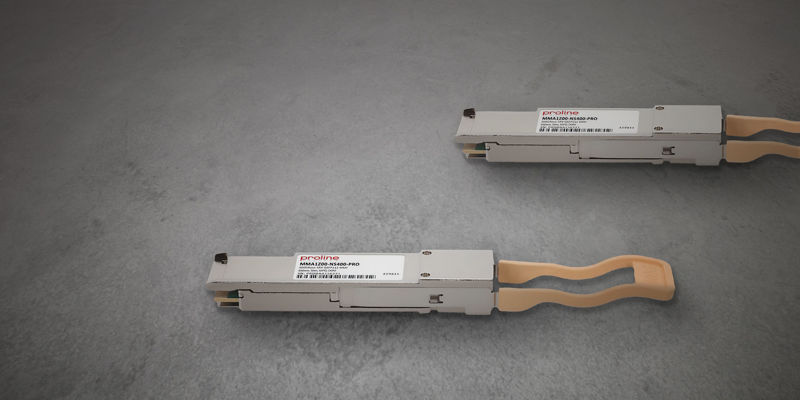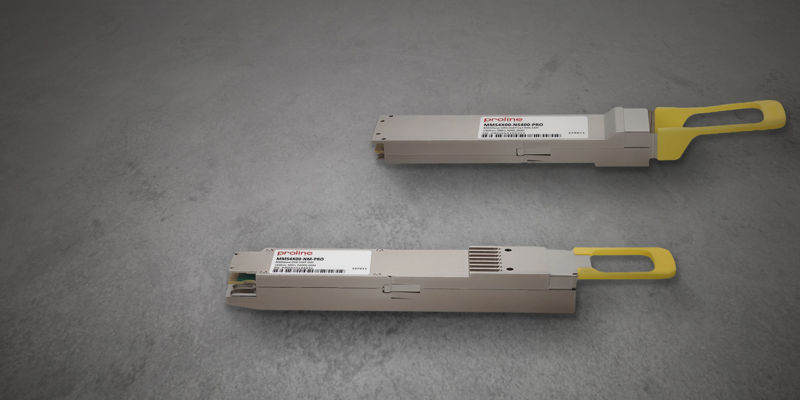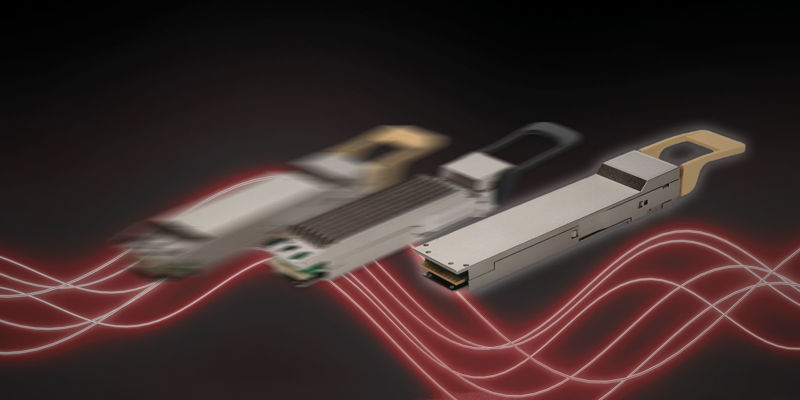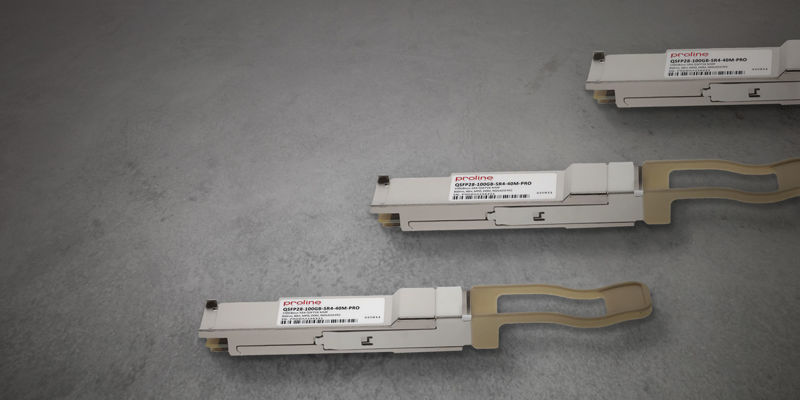OSFP transceiver technology has been at the forefront of transformational networking and data transmission developments.
The OSFP transceiver form factor entered the scene as an initial shift to PAM-4 from NRZ. Offering robust power handling capabilities, the OSFP easily integrated first-generation DSPs and gearboxes to support the required eight lanes of 56G at the host interface and four optical lanes. The 'original' OSFP is not retroactively referenced as OSFP56. In the end, reduced power DSPs and higher port density powered the QSFP-DD form factor as the overwhelming "winner" at 400G.

Fast forward to the present, and we find ourselves amidst the march towards the adoption of 800G networking standards. The building block for 800G transmission is eight 112G lanes both at the host and optically. Early implementations of 112G SerDes may also only use 50% of the lanes for 400G communication, coining the need to specify the use of OSFP112 to avoid confusion with the legacy 400G 56G per lane OSFP transceivers.

The transceiver body elements of the OSFP Multi-Source Agreement (MSA) are conducive to the high-power dissipation required by 800G modules. These transceivers may use multiple 400G DSPs, driving power consumption to reach up to 17W. The integrated heat sink can be configured in two distinct styles: "Finned" with exposed fins and an enclosed heat sink with a flat top. This customization allows for NEMS to optimize thermal management within their environment while maintaining a common cage and backplane connector. The two heatsink styles are standard to be interchangeable within OSFP hosts.


The RHS (Riding Heat Sink) variant is optimized for low-profile environments such as network adapter cards by removing the heat sink from the transceiver. The heat sink is integrated into the network adapter, "riding" atop the inserted transceiver. As a feature of the standard, the connector stops of the RHS box are different from standard OSFP transceivers to prevent mismatches during installation. Leading NEMs may refer to the RHS form factor as “Flat Top.” OSFP-RHS form factor transceivers are applicable for both 400G and 800G applications.
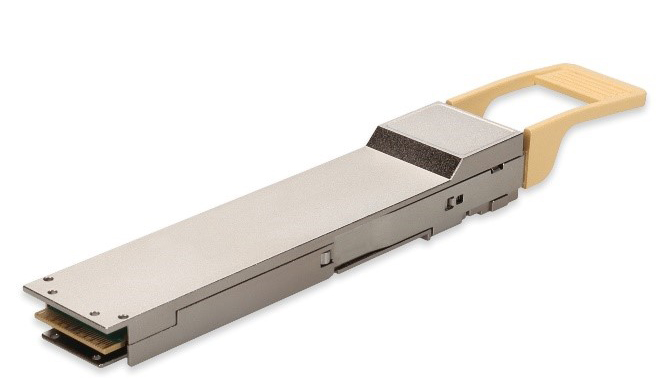
The march to 800G and beyond will introduce next-generation DSPs, poised to drive down power consumption and enable higher port density using QSFP type transceivers. As a result, QSFP-DD transceivers will find prominent use in switch applications, while the prevalence of QSFP112 is expected to increase in network adapter applications.
Contrary to the fate of Betamax, the OSFP's technological journey will offer a pathway for the early adoption of new technologies. Looking toward the horizon of optical networking, careful attention to the OSFP MSA will offer a look ahead, beyond 800G towards 1.6T networking technologies.
For more information, contact us.
Your fiber optic solution is here
Explore the benefits of working with us. Get started today!
